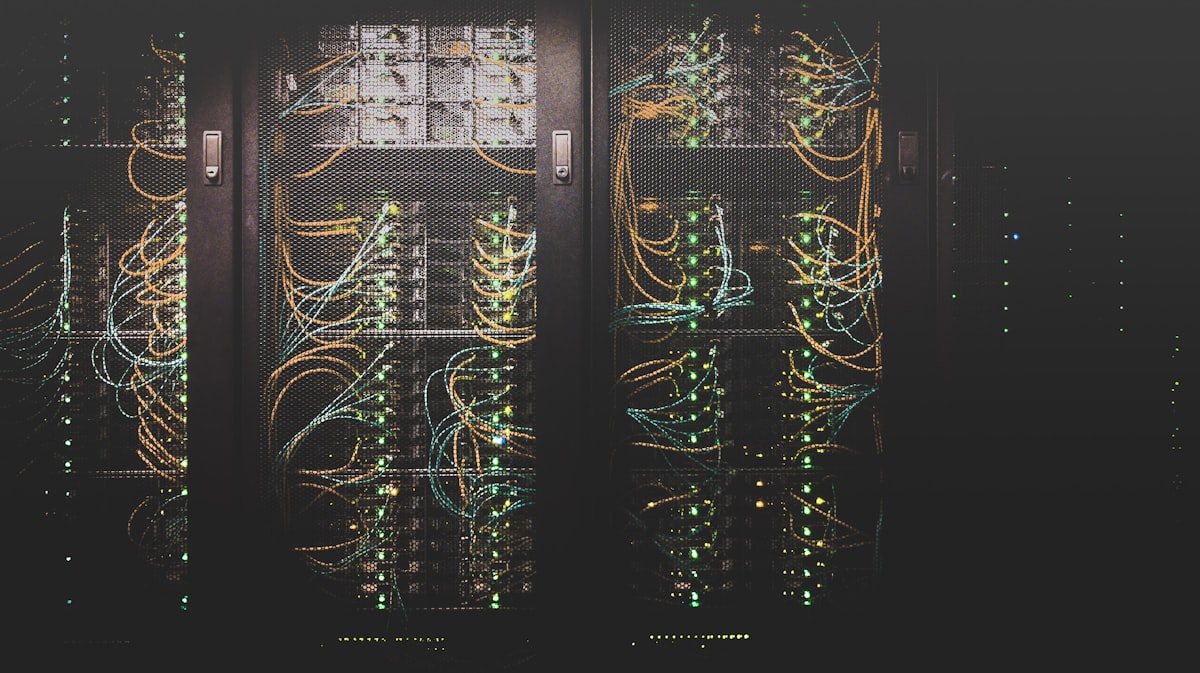Event-Driven Architecture for Scalable Systems
Enable systems to react to events in real-time with loose coupling and flexibility.
Core Concepts
Events: Significant state changes (user actions, system occurrences, time-based triggers) Producer: Detects changes, creates messages, publishes (no consumer knowledge) Channel: Transports, buffers, manages delivery, provides durability Consumer: Subscribes, processes data, performs logic, may produce new events
Patterns
Pub/Sub: One-to-many, dynamic subscription, message filtering Use cases: Notifications, data replication, cache invalidation Tech: Kafka, SNS/SQS, Pub/Sub, RabbitMQ
Event Streaming: Ordered log, durable storage, replay capability Use cases: Activity tracking, analytics, change data capture, audit logs Tech: Kafka, Kinesis, Event Hubs, Pulsar
Event Sourcing: Store state as event sequence, complete audit trail, time travel Use cases: Financial systems, compliance, audit requirements
CQRS: Separate read/write models, optimized queries, eventual consistency Use cases: Complex domains, high read/write ratio
Benefits
Scalability: Independent component scaling, load distribution Resilience: Failure isolation, retry mechanisms, message persistence Flexibility: Add/remove consumers, evolving requirements, A/B testing Real-time: Immediate processing, low latency, streaming analytics
Implementation
Message Format: JSON (readable), Avro (compact), Protocol Buffers (efficient) Schema Management: Registry, versioning, compatibility rules Partitioning: Distribute load, maintain order within partitions, scale consumers Delivery Guarantees: At-most-once, at-least-once, exactly-once
Challenges
Eventual Consistency: Not always immediately consistent—use appropriate strategies Debugging: Distributed tracing, correlation IDs, comprehensive logging Ordering: Partition keys, single partition for strict order, trade-offs Duplicate Handling: Idempotent operations, deduplication logic
Best Practices
- Design events for domain changes
- Make consumers idempotent
- Use correlation IDs
- Implement dead letter queues
- Monitor event lag
- Version events properly
- Test failure scenarios
- Document event contracts
Monitoring
Event throughput, consumer lag, processing time, error rates, system health
Bottom Line
EDA enables scalable, flexible systems through loose coupling. Plan for eventual consistency and implement proper monitoring.



